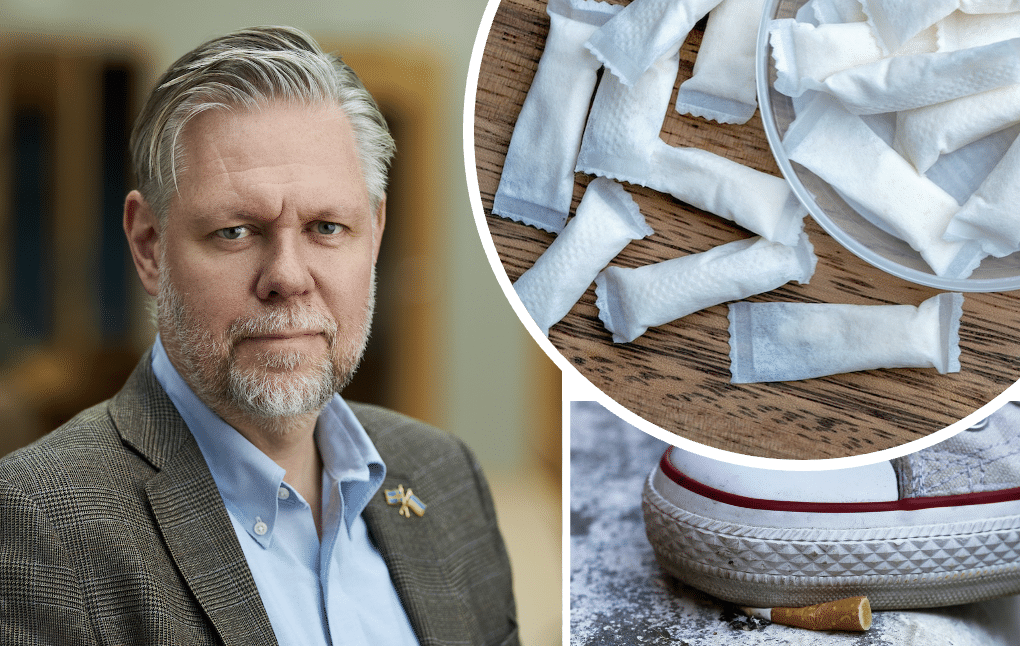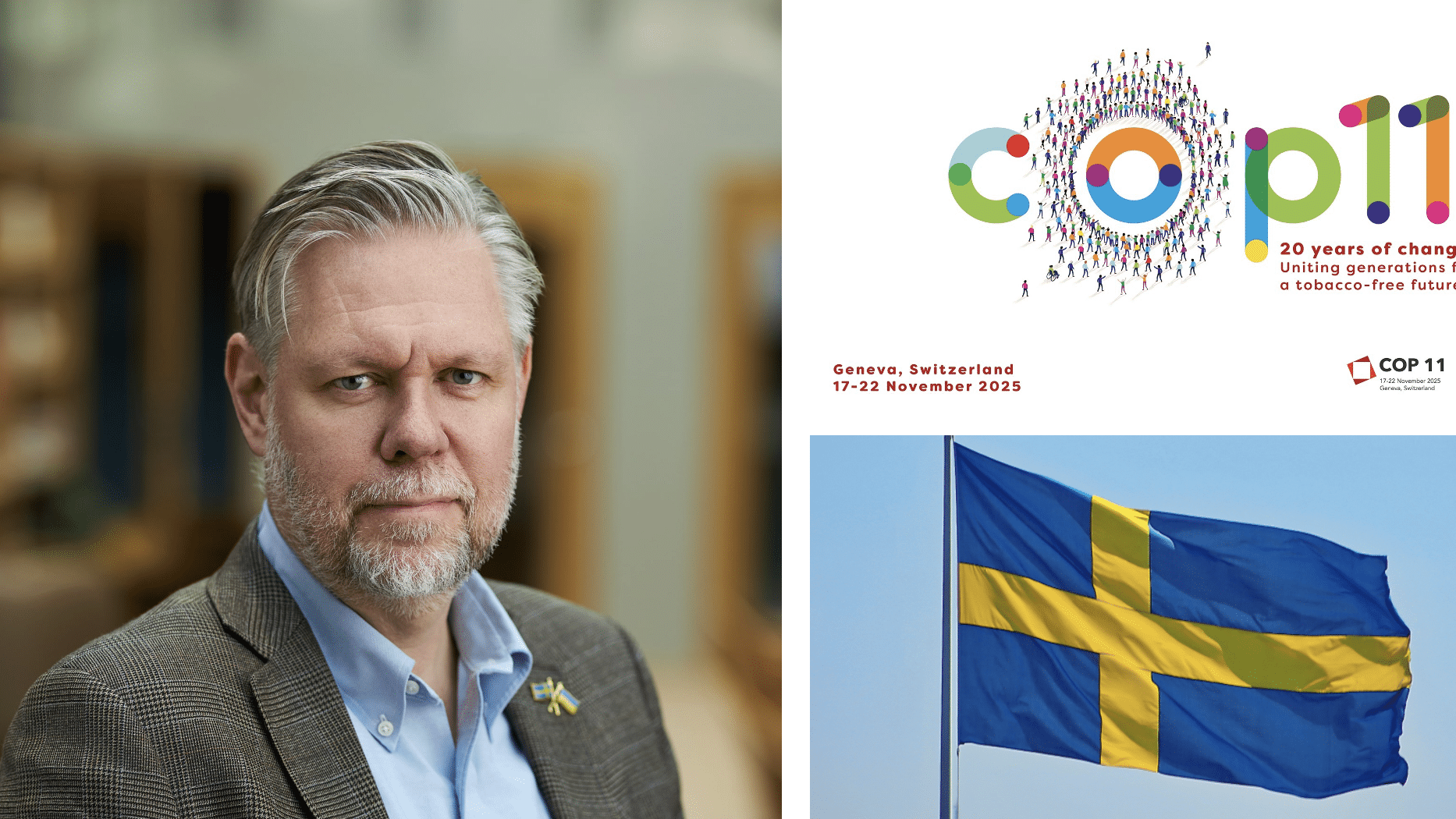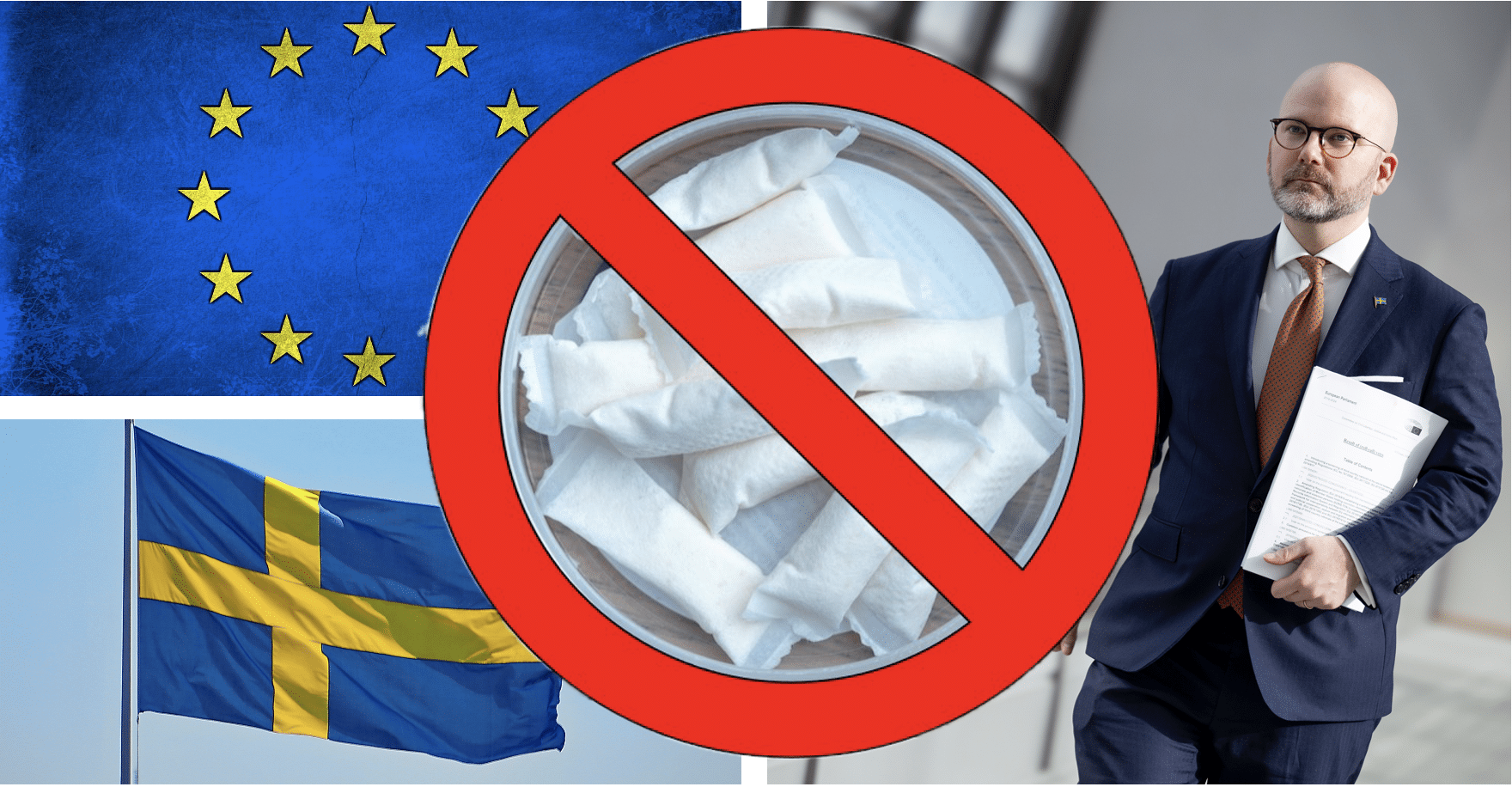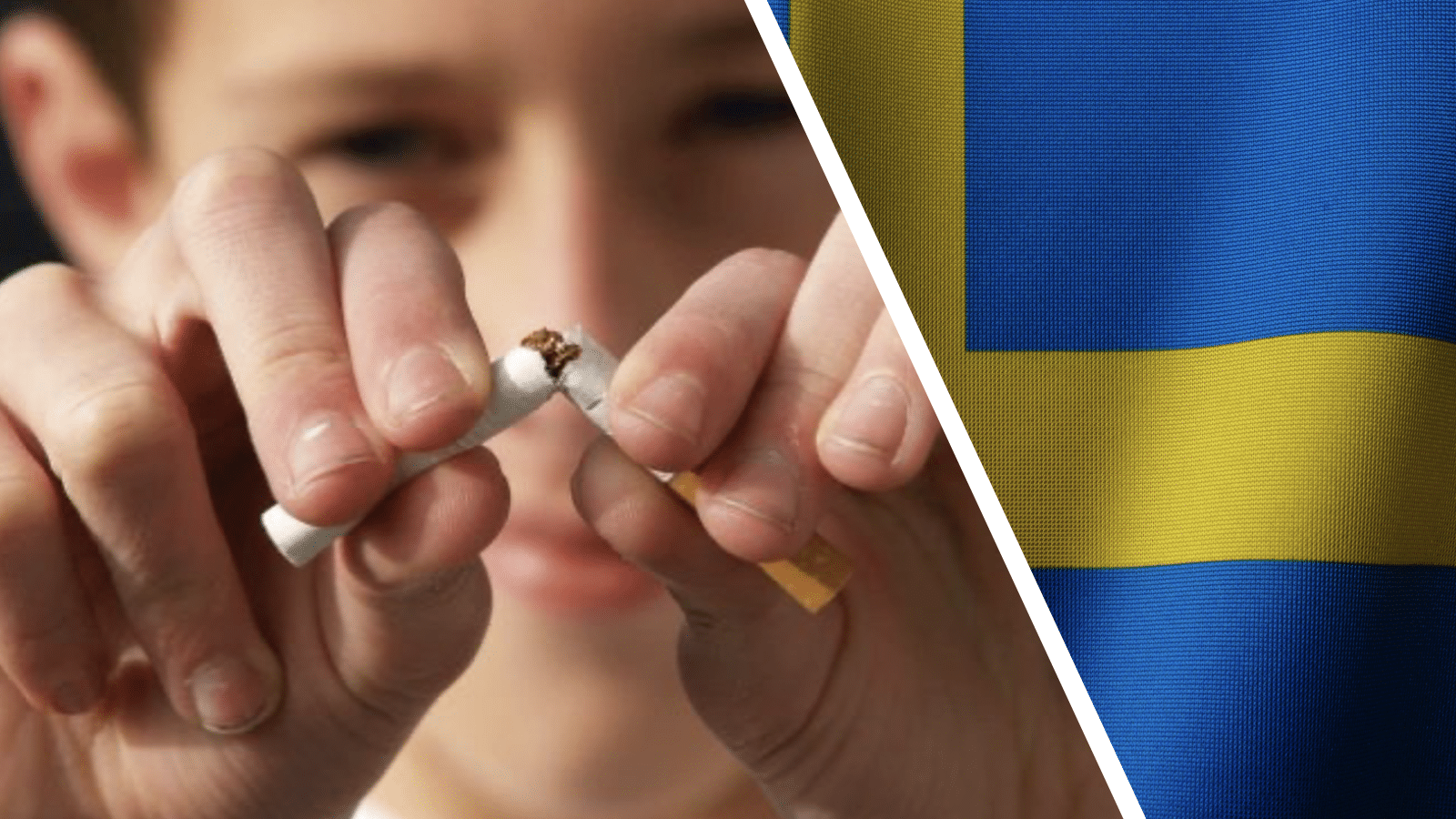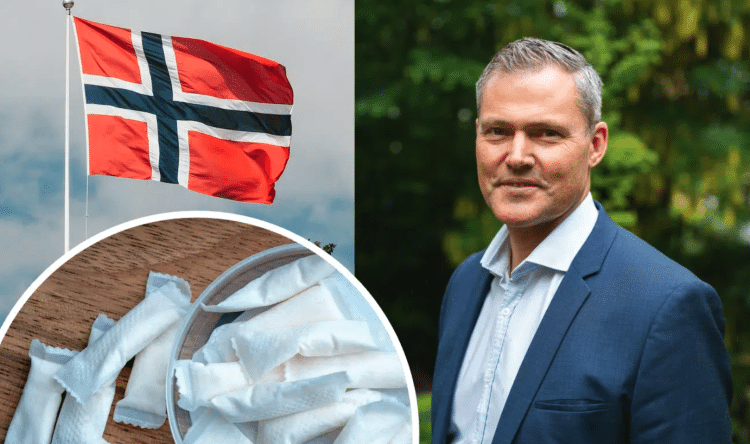
Norway snus policy: ‘illogical and unrealistic’
Norway wants to become a nicotine-free society, yet has banned tobacco-free nicotine pouches, resulting in cross-border trade, smuggling, and lost tax revenue. Bjørn Magnus Bjørnstad, CEO of the Norwegian trade association ONIK, believes that Norway should follow Sweden’s snus policy instead.
“The Norwegian snus policy is both illogical and unrealistic,” he says.
Despite Norway having a strong and long-standing snus tradition, the country today has one of the most restrictive nicotine laws in the Nordic region.
According to Norwegian law, only established nicotine products such as snus and cigarettes may be sold. New products, such as nicotine pouches, are not covered by the law and are therefore prohibited. At the same time, both cross-border trade and the debate about the need for more risk-based regulation are growing.
One of those who wants to see a change is Bjørn Magnus Bjørnstad, CEO of the Information Office for Nicotine Products (ONIK), which works to promote a knowledge-based nicotine policy. He spoke with Snusforumet about Norwegian snus policy, cross-border trade, and the path towards a possible pan-Nordic approach to nicotine.
Norway is currently the only country in the Nordics to ban tobacco-free nicotine pouches. What has the effect been?
There is extensive cross-border trade in tobacco-free snus. Snus now accounts for seven percent of Norwegians’ purchases in Sweden, and in 2024, Norwegians bought snus there for 630 million Norwegian kroner. Reports from Swedish retailers show that almost the entire volume purchased by Norwegians in Sweden consists of tobacco-free snus. That means Norway loses significant tax revenue, Norwegian stores lose turnover and jobs, and it creates a market at greater risk of ending up with illegal distribution.
If a ban creates a black market, what does that say about the legislation itself?
With today’s crime rate in the Nordic countries, the last thing we need is to add new product categories to the black market.
What do you think is the biggest problem with the ban?
Norway doesn’t see the differences in risk between different nicotine products clearly enough. Cigarettes are far more harmful to people’s health than snus, and tobacco-free snus poses an even lower risk. The current ban fails to take these significant differences into account, and we believe that the law doesn’t live up to the Tobacco Harm Act’s aim of reducing the negative health impact caused by tobacco.
Opponents argue that legalising nicotine patches risks increasing use among young people. What do you think?
The ambition behind the legislation is to protect minors, but very little is being done to actually prevent young people from accessing nicotine products. ONIK has proposed several concrete measures, including mandatory identification for everyone under 25, the use of so-called “mystery shoppers” to test stores’ compliance, digital age verification, and regular transparency into the platforms’ ad libraries. None of these measures have been implemented.
Unfortunately, we do not have good figures on how many minors actually buy snus or nicotine pouches. However, the Norwegian Directorate of Health reports that most young people who vape use products with nicotine. This is despite the fact that vaping with nicotine is illegal. This shows that it’s not the legal, regulated sale of harm-reducing alternatives that poses the real risk to minors, but rather the lack of supervision and control over the black market.
How do you think the Norwegian debate on public health and nicotine differs from the Swedish one?
The Swedish debate on tobacco harm reduction is much more down-to-earth and realistic, while Norwegian politics is dominated by wishful thinking. The Norwegian debate is characterised by emotions and subjective perceptions rather than by knowledge and modern research. The Norwegian Institute of Public Health has many prominent researchers with internationally recognised publications. But their research is surprisingly often ignored when health authorities describe the situation. It’s a shame that it’s mainly other countries that benefit from Norwegian research.
Do you see potential for a “Nordic framework” for risk-proportional regulation?
Tobacco-free snus is not a major political issue yet, but we see a positive change ahead. A common Nordic framework seems both natural and necessary. The Nordic region has long experience with smoke-free products, and at a time when international cooperation is weakening, stronger Nordic cooperation can make it easier to promote harm reduction and combat unregulated markets.
What could a functioning Nordic model for nicotine regulation look like?
It should be based on the latest international research on tobacco harm reduction. If the Nordic countries succeed in establishing a knowledge-based, risk-proportional regulatory framework, we have the opportunity to become a global role model. The Nordic countries already have the infrastructure in place through the Nordic Council to develop and implement common rules that are based on scientific documentation and modern public health work.
Sweden has come a long way in reducing smoking thanks to snus. How do you see the possibility of transferring that experience to Norway?
There is much to learn from Sweden, which is often highlighted as an example of how a purposeful strategy can succeed in significantly reducing the proportion of smokers. Even the UK – despite not having a snus tradition – has managed to reduce smoking by investing in e-cigarettes as a less harmful alternative to cigarettes. Norway is well aware of these international success stories, but unfortunately has a tendency to choose its own solutions regardless of how effective they actually are.

